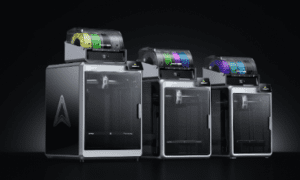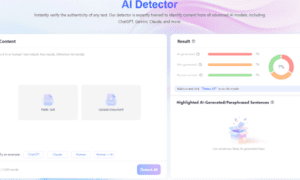In recent years, cryptocurrencies have transitioned from a speculative curiosity to a powerful component of the global financial system. As of Q2 2025, the total market capitalization of the crypto industry exceeds $2.6 trillion, highlighting the sector’s resilience and growing relevance. No longer confined to niche tech forums or libertarian circles, cryptocurrencies now attract the attention of institutional investors, regulators, and millions of everyday users worldwide.
From Speculation to Real-World Use
The initial crypto wave was largely driven by speculative investment in assets like Bitcoin. However, this narrative is evolving. Today, platforms such as Ethereum, Solana, and BNB Chain are used to power smart contracts and decentralized applications (dApps), which enable everything from NFT marketplaces to decentralized finance (DeFi) services like lending and yield farming.
Stablecoins like USDT and USDC have become essential for cross-border payments and remittances, especially in regions with unstable local currencies. These assets provide price stability and blockchain-level transparency, making them ideal tools for real-time, low-fee transactions.
Crypto as Digital Infrastructure
A recent internal study by the team at Well Wallet — a custodial cryptocurrency service integrated directly into Telegram — examined how users are interacting with digital assets in 2025 and what roles cryptocurrencies now play in everyday life. According to their analysis, three major trends have emerged:
1. Crypto as a Store of Value (Digital Gold)
Despite high volatility, Bitcoin continues to serve as a hedge against inflation and fiat currency devaluation. In the Well Wallet survey, over 58% of respondents said they use crypto primarily as a savings vehicle. This is especially prevalent in regions with limited access to stable banking infrastructure or rising concerns about capital control.
2. Tool for International Transfers and Sanction-Free Transactions
Cryptocurrency is now a preferred method for fast, low-cost money transfers. In regions affected by geopolitical instability or restrictive financial policies, users turn to blockchain networks such as TRC-20 (on Tron) and ERC-20 (on Ethereum) for reliable, cross-border transactions.
More than 70% of surveyed users indicated they regularly send crypto to friends, family, or business partners abroad, highlighting the growing importance of decentralized value transfer mechanisms.
3. A Payment Method for Everyday Use
Though still developing, crypto payments are becoming more accessible thanks to services embedded in popular messaging platforms. Telegram bots like Well Wallet enable users to send, receive, exchange, and even conduct AML checks on transactions without ever leaving the chat interface.
This integration allows for seamless crypto interaction, making digital assets a more practical tool for daily use.

Looking Ahead
The future of finance appears increasingly decentralized. As more users seek control over their assets, demand for secure, flexible, and easy-to-use platforms will only grow. Custodial wallets that offer multi-network support, robust AML screening, and user-friendly interfaces are becoming the norm — not the exception.
What the Well Wallet study ultimately shows is a clear shift in user expectations. Today’s crypto users prioritize accessibility, safety, and transparency — not just price gains. They want solutions that combine the security of traditional finance with the speed and innovation of Web3 tools.
Final Thoughts
Cryptocurrencies are no longer a speculative side experiment. They have matured into a fundamental part of modern finance, offering real utility in savings, payments, and global commerce. As adoption accelerates, platforms that deliver on both innovation and trust are poised to play a central role in the financial landscape of tomorrow.



































